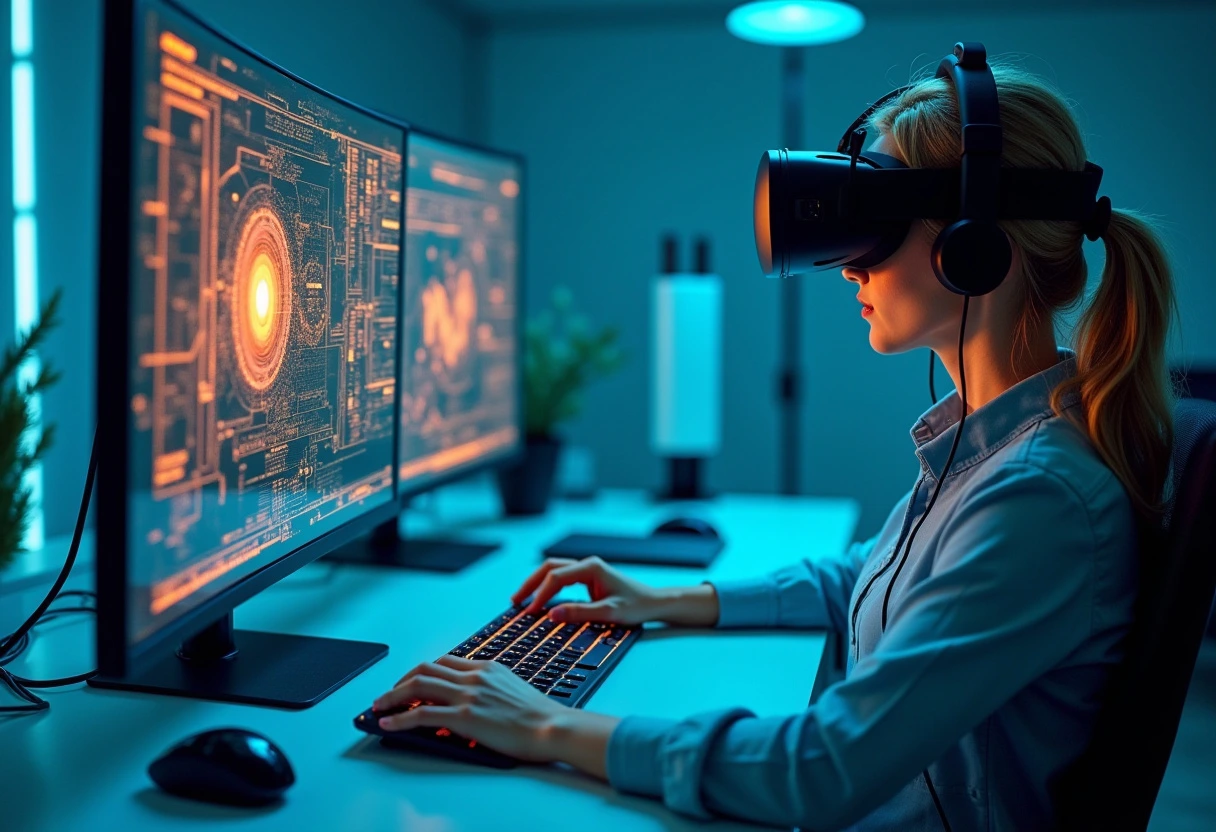Augmented Reality
Augmented Reality (AR) is transforming industries by merging digital content with the real world. It offers engaging experiences that attract customers and spur innovation. AR allows businesses to showcase products interactively, enabling virtual try-ons and better visualization. With over 1 billion AR users worldwide, its adoption is rising in sectors like e-commerce, healthcare, education, and real estate. AR is now crucial for enhancing customer experience and staying competitive.
The advantages of Augmented Reality are significant. It boosts user engagement, improves brand recall, and simplifies decision-making for customers. For businesses, AR provides affordable training, reduces return rates by showcasing products accurately, and offers personalized experiences that foster trust and loyalty. By connecting digital and physical realms, AR helps businesses lead the market, deliver unique value, and meet changing customer needs. Adopting Augmented Reality is key to innovation, connection, and success in a tech-driven future.






















